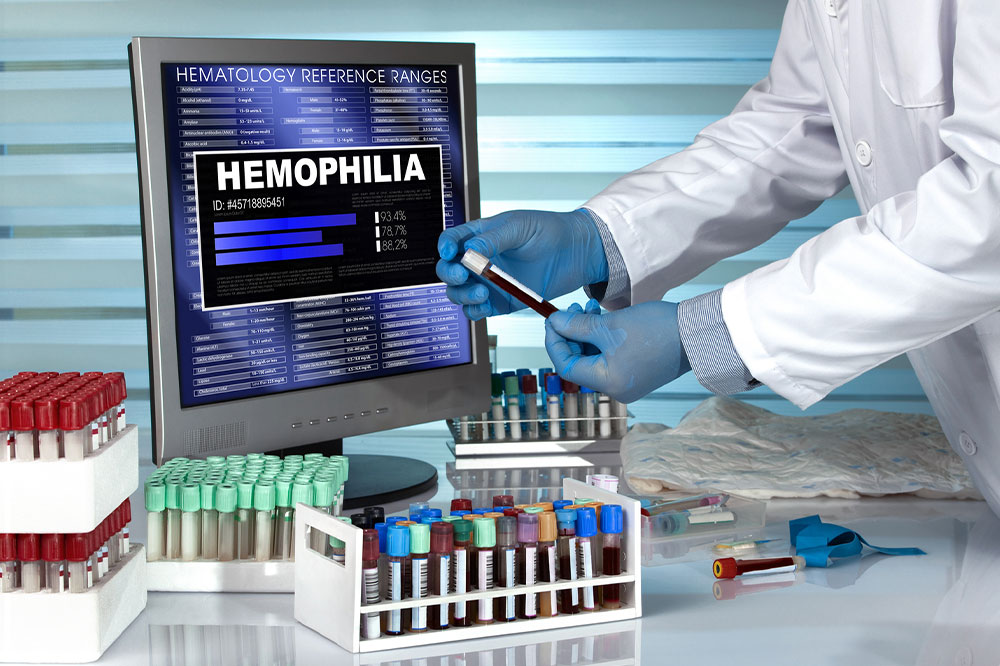
Signs, causes, and management of hemophilia
Hemophilia is a rare condition in which the blood does not clot normally, as the body does not have enough blood-clotting proteins or clotting factors. Those with the condition bleed for a longer duration following an injury than they normally would have. Tiny cuts are usually not concerning, but in severe cases, the primary concern is internal bleeding, especially in the elbows, ankles, and knees. Here is what one should know about the condition:
Signs
Hemophilia can lead to the following symptoms:
– Blood in urine or stool
– Bruising
– Bleeding in the gums or mouth
– Hematomas or bleeding in the soft tissue or muscles
– Bleeding in joints
– Frequent nosebleeds
The severity of the condition can determine the type of symptoms one experiences. Here is a look at symptoms as per the severity of hemophilia:
Mild hemophilia: With milder cases of the condition, one may experience hematomas or easy bruising, spontaneous nose bleeds, bleeding from gums or mouth, and excessive bleeding after a surgical or dental procedure or injury. At times, mild hemophilia may not cause until one reaches adulthood.
Moderate hemophilia: With moderate hemophilia cases, one may experience symptoms like excessive and easy bleeding, especially after trauma or surgery. Usually, doctors can identify moderate hemophilia cases by the time one is five or six years old.
Severe hemophilia: Those with severe hemophilia experience spontaneous bleeding in the joints or muscles, which may trigger swelling and pain. If left untreated, the condition may lead to arthritis in the inflamed joints. Severe cases can be diagnosed in infancy.
Causes
Clotting factors, as the name suggests, help with forming clots and sealing wounds. Mutation in the genes responsible for controlling and regulating the clotting factors is the primary cause of all types of hemophilia. Here, recessive X chromosome mutation causes A and B hemophilia. Those assigned females at birth may not be affected but can be a carrier, i.e., they may not have any symptoms but can transmit the disease to their offspring. However, males can inherit the mutation from carrier mothers. Type C is inherited recessively and affects both genders equally. With both type A and B hemophilia, about two-thirds of the cases are associated with mutations inherited from a parent. The remaining are a result of spontaneous mutation, even in those without a family history of the condition.
Treatment
Bleeding inside the body damages the tissues and organs, often requiring immediate medical attention. In most cases, hemophilia is a genetic condition, and treatment involves regularly replacing the reduced clotting factor. Replacement therapy involves replacing missing clotting factors. Here, one will receive lab-made clotting factors or human plasma concentrates—donated blood that has been screened and treated to lower the possibility of transmitting infectious diseases like HIV and hepatitis. Doctors will administer the replacement clotting factors through an intravenous infusion (IV). Additionally, those with severe hemophilia or frequent bleeding episodes may receive prophylactic factor infusions to prevent or stop bleeding.
Beyond this, the doctors may also advise prescription treatment to prevent the blood clots from breaking down. However, one should discuss the risks and benefits of available treatment options with a doctor to make an informed decision.




